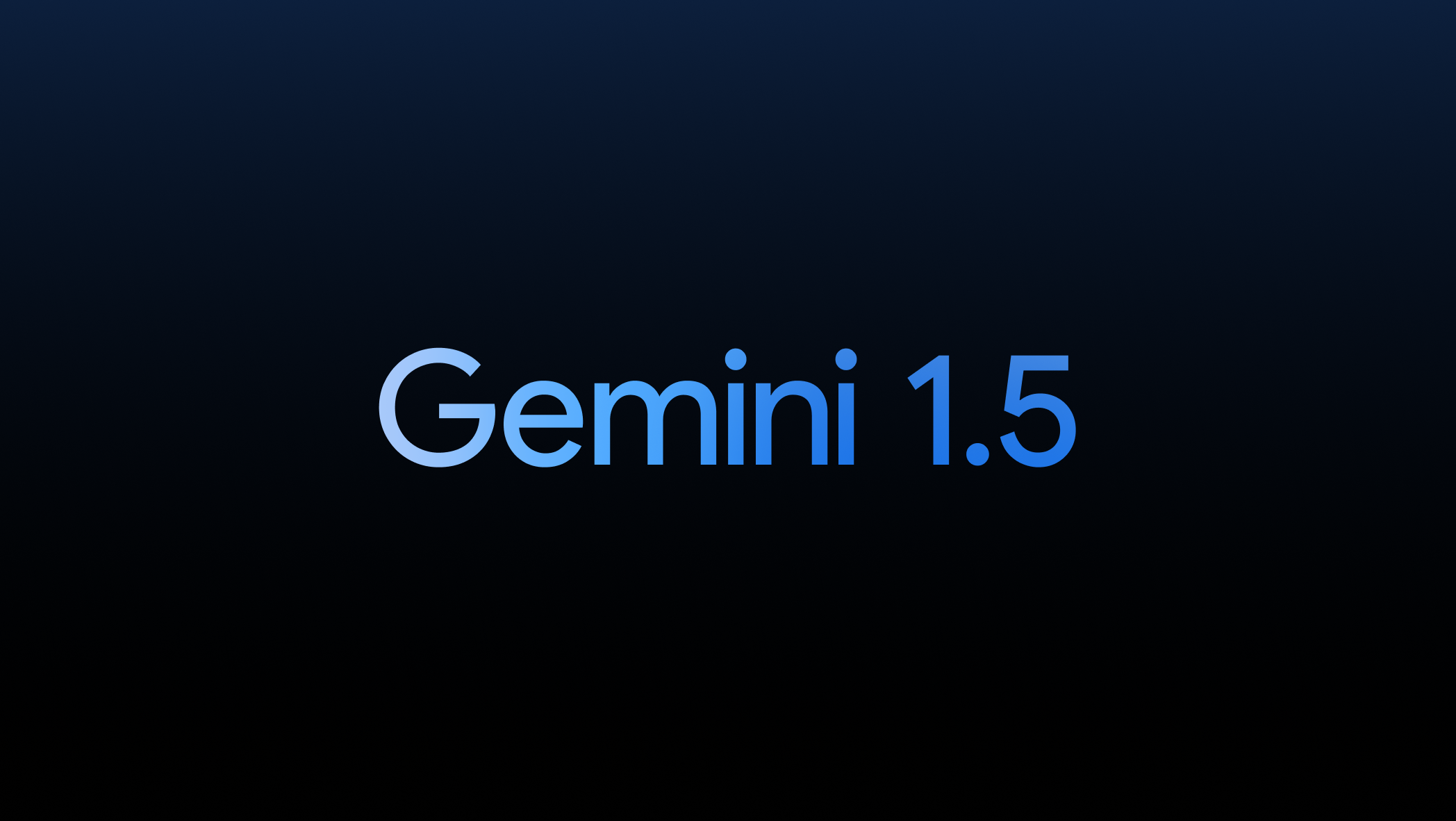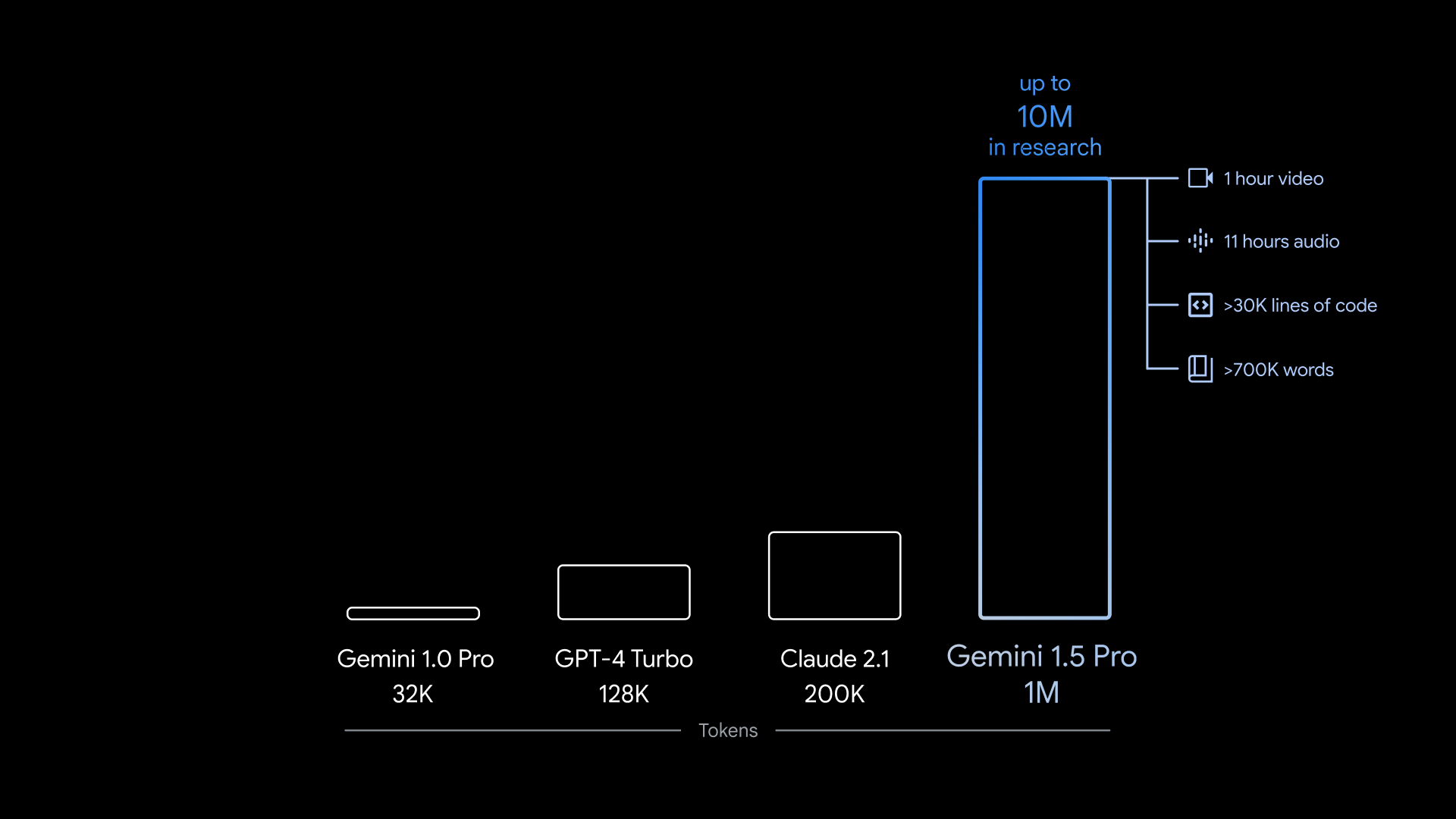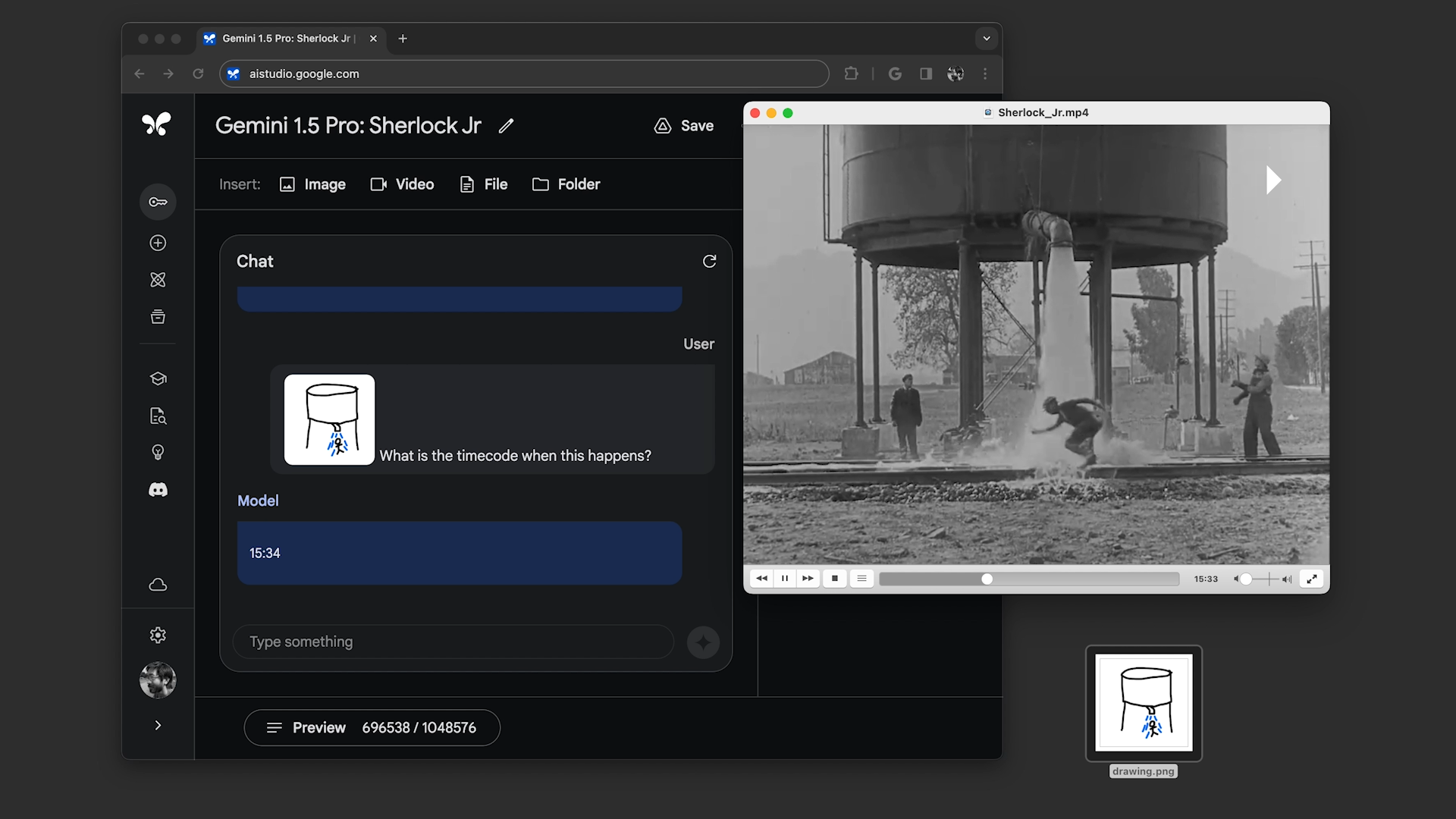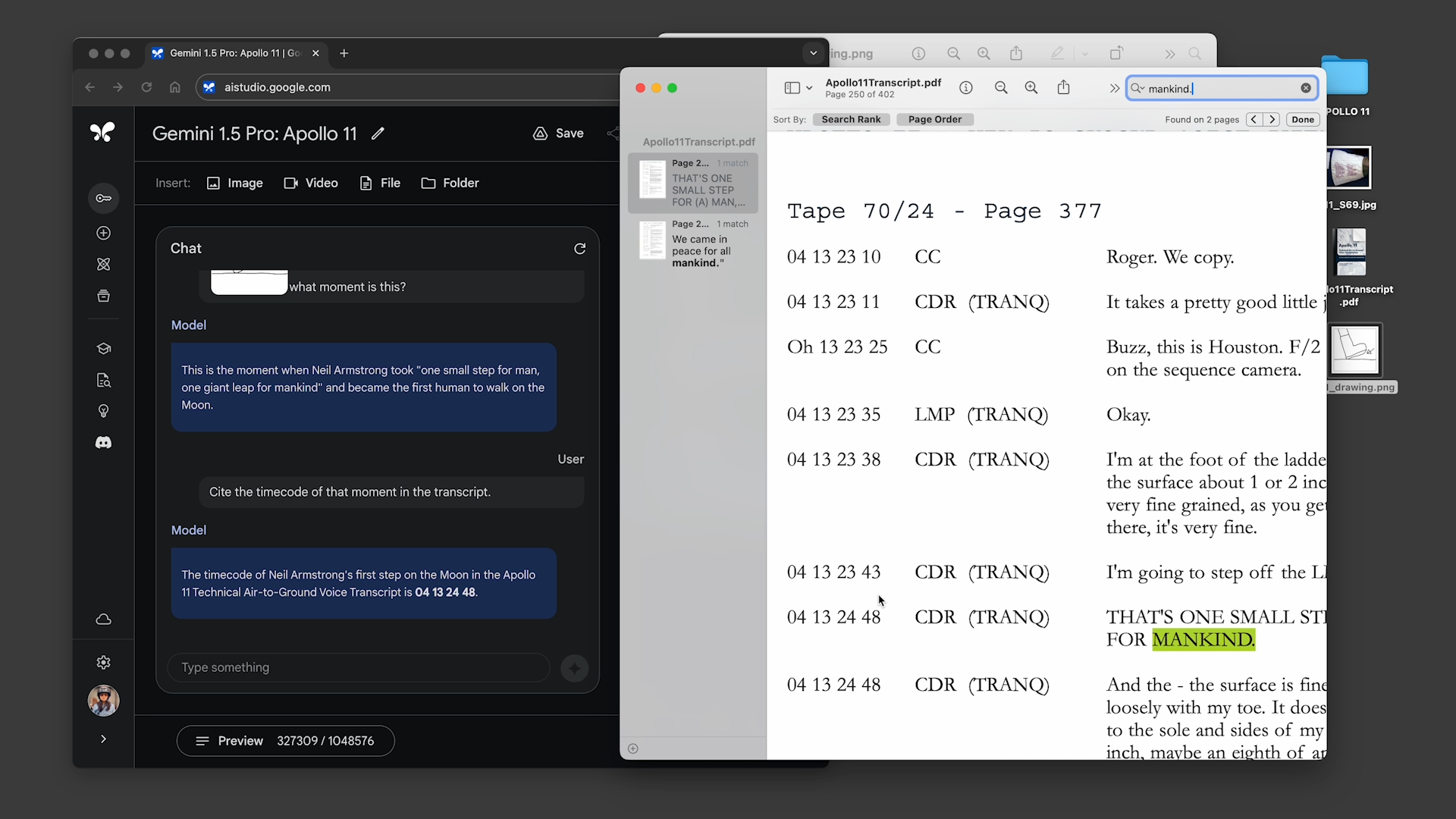
Historically, vacation rental companies have managed homes for homeowners. While this model has proven popular, it also has its drawbacks. Customer complaints around quality get routed through the companies to the homeowner, and as such, the ability to offer a consistent guest experience is just not possible.
Overmoon is a three-year-old vacation rental startup with a different model that essentially cuts out the middle man. Rather than serving as a marketplace to team up travelers with vacation rental property owners, the company actually owns the homes and as such, has more control over the quality and maintenance of the properties. It also offers concierge services, such as prestocking the refrigerator.
“Even Brian Chesky recently said that Airbnb is kind of broken,” said CEO and founder Joe Fraiman. “You can have a fantastic travel experience in a vacation rental and you can have a terrible one — and it’s hard to know before you get there, what it’s going to be, and that’s frustrating for customers… In general, the biggest difficulty with vacation rentals or short-term rentals in general is just a lack of consistency, a lack of reliability. You just never know what you’re gonna get. Hotel brands solved this problem many years ago.”
In 2023, Overmoon hosted 4,000 guests after more than quadrupling the number of homes it owned from five to 22. It also more than quadrupled the revenue it earned on those homes, according to Fraiman. It earns the rental revenue, as well as revenue off the concierge services.
The startup is also emerging from stealth today with a new exchange platform that gives vacation rental owners a way to contribute their homes into a multi-property fund through a 721 exchange. The benefit of this, according to Fraiman, is that they defer the capital gains tax that comes with selling a second home. Also, Overmoon takes over the responsibility and costs of property management and maintenance while providing income to the former owner in the form of fund distributions.
Now, it expects to earn additional revenue through its new 721 exchange, which was launched in partnership with Flock Homes, a startup that operates a similar exchange for single-family rental properties.
Overmoon previously raised $10 million in venture capital funding in 2021 via an undisclosed round from investors such as NFX, Khosla Ventures, Camber Creek, 1Sharpe and Sunsar Capital. It also raised $30 million in financing from a variety of real estate investors including family offices, high-net-worth individuals and wealth management firms. Those investors receive partial ownership of the houses and dividends from the rental income. It also secured $40 million in real estate debt over the past year.
Advance bookings (i.e. bookings for the following 12 months), grew over 800%, per home, from January 1, 2023 to January 1, 2024, noted Fraiman. As such, Overmoon earned “premier host status” on both Airbnb and VRBO.
The startup plans to use its new capital in part to purchase more homes in 2024. For now, Overmoon is concentrating on southeast markets such as Florida and Tennessee, as well the sunbelt.
The 721 exchange program is another way to add great homes to our portfolio,” Fraiman said. “The more homes on our platform, the more we earn.”
Overmoon operates an op/prop co model, meaning that it has one company that actually owns the real estate and a separate one that built out all the technology and functions like a tech company.
The current interest rate environment, in which rates surged to nearly 8% in 2023, has hurt a number of proptech companies. TechCrunch has recently covered the struggles and shutdowns of a number of such startups, including Here, Frontdesk and Zeus Living, among others. But Fraiman doesn’t believe that so many proptech companies are failing because of high interest rates.
“I think the inability to raise capital is the real reason and interest rates are a contributing factor,” he said.
Fraiman actually believes the high interest rates spell opportunity.
“They allow us to buy homes cheaper than we could have a couple of years ago,” he said. “In the fourth quarter, on average we paid 17% below asking price in the transactions we closed. Plus, higher interest rates means fewer buyers out there, which means less competition. You can always refinance debt as rates come down. But you can’t go back and change the price you paid for your asset.”
NFX General Partner Pete Flint, who also founded Trulia, said he was drawn to backing Overmoon because in it, he saw “a unique opportunity for owners to efficiently manage their estates, while maintaining passive income and real estate appreciation potential.”
Want more fintech news in your inbox? Sign up for TC’s fintech newsletter here.















